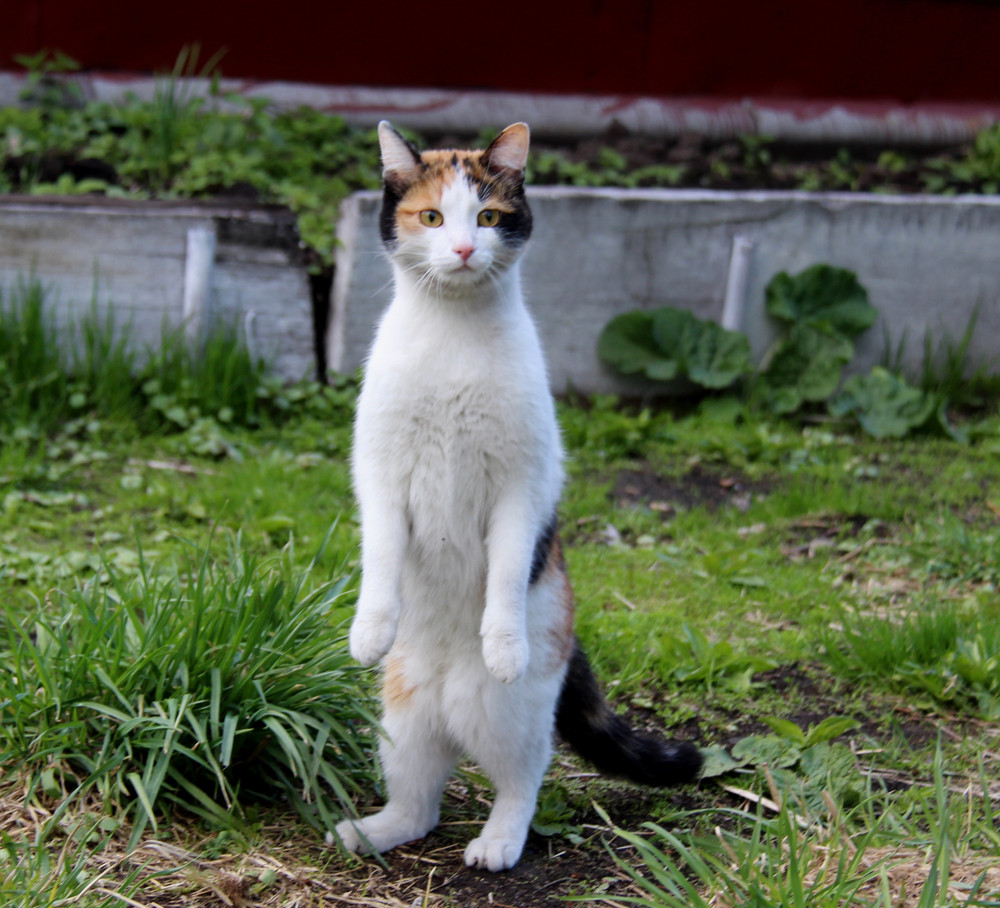
Feline Interstitial Cystitis (FIC), a prevalent urinary tract condition in cats, manifests through distressing symptoms such as straining to urinate, urinating in unusual spots, and bloody urine. This condition, once linked solely to diet, is now understood to be majorly influenced by stress, leading to significant bladder inflammation. In managing Cat UTI symptoms and treatment, recognizing the stress factor and employing holistic approaches alongside traditional treatments can greatly improve a cat’s quality of life.
Understanding FIC and Its Causes
FIC’s primary cause is stress which leads to inflammation of the bladder. The bladder’s lining, which normally prevents urine from coming into direct contact with the bladder’s walls, can be compromised under stress. This contact causes inflammation and the symptoms associated with FIC. While dietary factors were historically blamed, modern veterinary science points to stress as the significant trigger for FIC, debunking earlier beliefs about diet-induced urinary conditions in cats.
Traditional and Holistic Treatments
Addressing Cat UTI symptoms and treatment involves both traditional veterinary approaches and holistic methods. Pain management is crucial, with options ranging from narcotics like butorphinol to non-traditional pain relievers such as CBD oil, which has shown promise in relieving pain without the side effects associated with some medications. Anti-spasmodics, essential for relaxing the urethra and easing urine passage, include conventional medications and natural alternatives like valerian root extract and catnip, both known for their muscle-relaxing properties.
Reducing Anxiety and Increasing Fluid Intake
Reducing a cat’s stress levels is fundamental in managing FIC. Supplements such as L-theanine, derived from green tea, can help lower anxiety naturally. Similarly, products like Feliway mimic calming pheromones to create a more soothing environment for affected cats. Another critical aspect is increasing fluid intake; switching to a canned food diet and encouraging water consumption through chamomile tea can help dilute the urine and reduce bladder inflammation.
Additionally, supplements aiming to rebuild the bladder wall’s lining, like glucosamine and chondroitin, play a vital role in long-term management of FIC. These components are crucial in maintaining the integrity of the bladder lining, offering a protective barrier against urine-induced inflammation.
Cat UTI symptoms and treatment require a comprehensive approach that addresses both the physical symptoms and underlying stress factors. By combining traditional pain management and anti-spasmodic treatments with stress-reduction techniques and supplements to support bladder health, cat owners can significantly improve their pets’ comfort and wellbeing. Remember, early recognition of symptoms and proactive treatment are key to managing FIC effectively.
